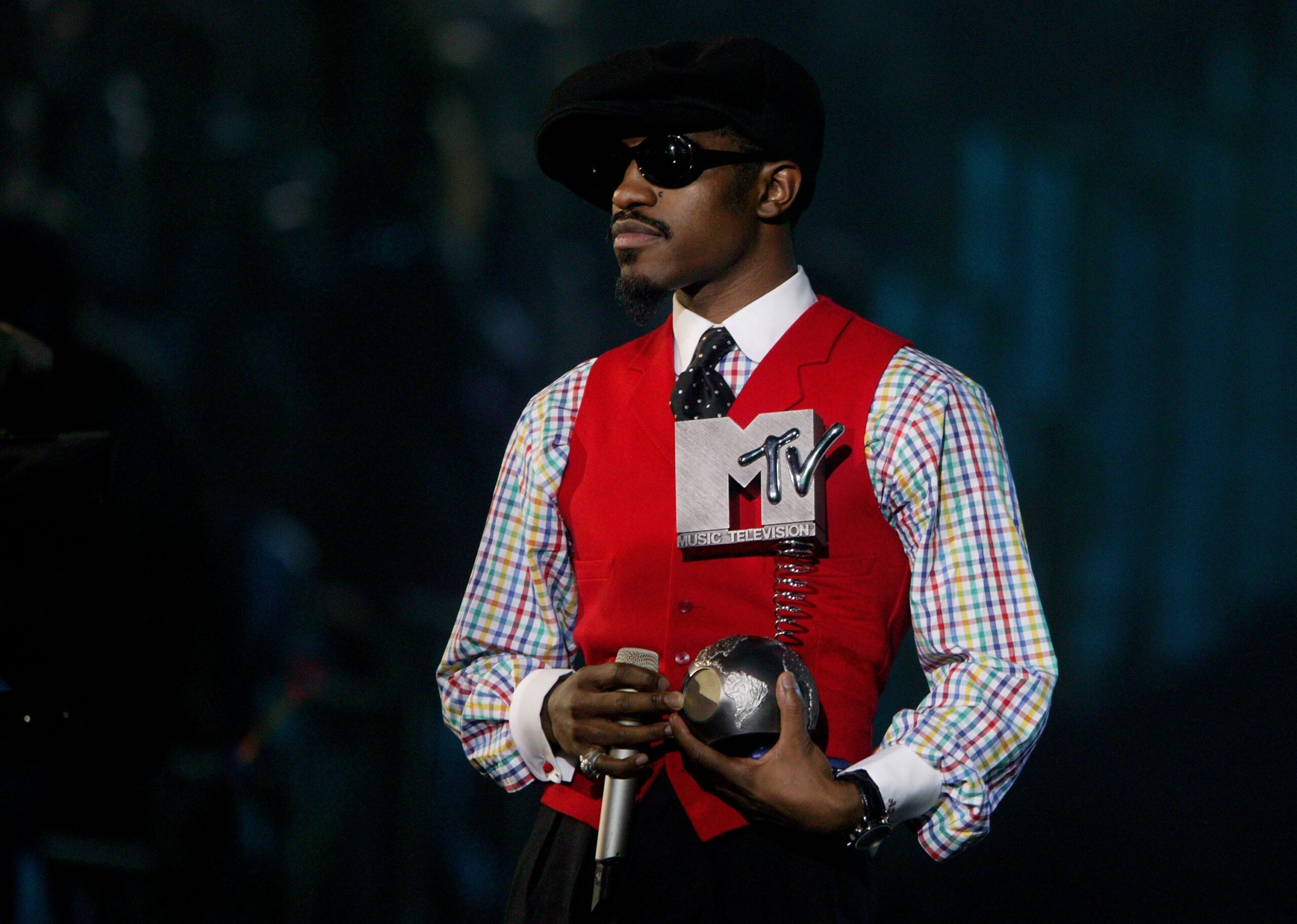
Met Gala 2025: Unpacking "Superfine: Tailoring Black Style"
The annual Met Gala, a dazzling spectacle of fashion and celebrity, is set to return in 2025 with a theme that promises to be both visually stunning and culturally significant. Moving beyond the typical realms of established design houses and predictable trends, the 2025 Met Gala will delve into the rich and often overlooked history of Black dandyism. The event, slated for May 5th, will serve as the opening celebration for the Metropolitan Museum of Art’s exhibit, "Superfine: Tailoring Black Style," on view from May 10th to October 26th.
The dress code, "Tailored for You," hints at the personalized interpretations and individual expressions expected on the red carpet. This directive encourages attendees to explore the nuances of tailoring while engaging with the core principles of Black dandyism – a concept that transcends mere aesthetics and delves into identity, resistance, and the assertion of self in the face of societal constraints.
Unveiling Black Dandyism: A History of Resistance Through Style
The exhibit and gala draw inspiration from Monica L. Miller’s seminal 2009 book, "Slaves to Fashion: Black Dandyism and the Styling of Black Diasporic Identity." Miller, a professor at Columbia University and the Met’s guest curator for the exhibit, illuminates how style became a powerful tool for Black individuals across the Atlantic diaspora, particularly in the United States and Europe.
Dandyism, at its most basic, is characterized by an intense focus on aesthetics, a meticulous attention to detail in dress and presentation. However, Black dandyism elevates this concept, transforming it into a form of cultural commentary and social defiance. It emerged from the shadows of slavery and oppression, a potent response to the dehumanizing conditions imposed upon Black people.
As Miller explains, the roots of Black dandyism can be traced back to 18th-century England, where slave owners, seeking to amplify their wealth and status, would adorn their enslaved servants in expensive clothing, effectively creating "dandified black servants" or "luxury slaves." However, this act of forced embellishment inadvertently sparked a counter-narrative.
Observing the power dynamics inherent in clothing, Black men began to subvert this imposed uniformity, reclaiming agency by modifying and personalizing their attire. What started as involuntary uniforms became canvases for self-expression, transforming into a means of resistance against societal limitations and negative stereotypes related to race, class, gender, and sexuality.
Black dandyism is far more than just dressing well; it is a deliberate act of self-definition. It employs clothing, personal style, humor, and wit as weapons against oppression. It is a way to challenge preconceived notions and assert one’s humanity and individuality in a world that often seeks to deny it.
Beyond Frivolity: The Profound Significance of Style
As Miller emphasizes, dandyism should not be dismissed as frivolous. It actively engages with power dynamics, questioning identity, representation, and mobility in relation to race, class, gender, sexuality, and power. By meticulously curating their appearance, Black dandies make a statement about their existence, their worth, and their refusal to be confined by societal expectations.
The exhibit and gala will explore this rich history, showcasing garments, art, and other objects from the 18th century to the present, offering a comprehensive understanding of the evolution and enduring relevance of Black dandyism. Historical figures like Julius Soubise, a freed slave and 18th-century London socialite renowned for his impeccable style, will be highlighted as early examples of the Black dandy.
Modern Manifestations: From Music Icons to Contemporary Designers
The influence of Black dandyism extends far beyond historical figures. Modern-day examples abound, showcasing the enduring legacy of this powerful movement. From music icons like Prince, whose androgynous style and flamboyant stage presence defied gender norms, to the late André Leon Talley, a towering figure in the fashion world who championed diversity and inclusivity, the spirit of Black dandyism lives on.
Artists like André 3000, with his penchant for bold patterns and unexpected silhouettes, and hip-hop fashion icon Dapper Dan, who revolutionized streetwear by incorporating high-end luxury into his designs, are further testaments to the continued relevance of Black dandyism. Designer LaQuan Smith, known for his glamorous and empowering designs, also embodies the spirit of self-expression and confidence that defines the movement.
Tyler, the Creator, and Met Gala co-chairs Pharrell Williams and Colman Domingo, are also recognized for their unique and personal styles that often draw inspiration from dandyism. Women like Met Gala host committee member Janelle Monáe and singer Solange, both known for their bold fashion choices and willingness to experiment with traditional menswear silhouettes, demonstrate that Black dandyism is not limited by gender.
Anticipating the Red Carpet: "Tailored for You" in Action
The "Tailored for You" dress code provides a broad canvas for attendees to express their interpretation of Black dandyism. Vogues May 2025 covers, featuring Met co-chairs A$AP Rocky, Lewis Hamilton, and Domingo, alongside stars like Yara Shahidi, Aaron Pierre, Teyana Taylor, and Jon Batiste, offer a glimpse of the diverse styles expected.
As Monáe and Lakeith Stanfield have emphasized, the theme is ultimately about individuality and freedom. Guests are encouraged to explore the nuances of tailoring, experiment with bold patterns and colors, and challenge traditional notions of menswear and womenswear.
The Met Gala 2025 promises to be more than just a fashion spectacle; it will be a celebration of Black creativity, resilience, and self-expression. It is an opportunity to recognize the profound impact of Black dandyism on fashion and culture, and to honor the individuals who have used style as a tool for resistance, empowerment, and self-discovery. The world awaits to see how the stars will interpret the "Tailoring Black Style" theme on May 5th, and what insights the "Superfine" exhibition will reveal about this important chapter in fashion history.
